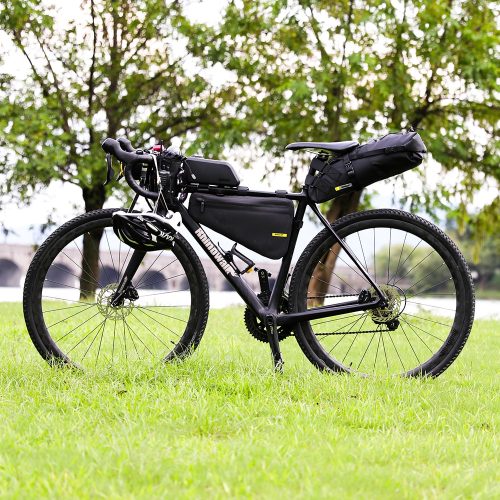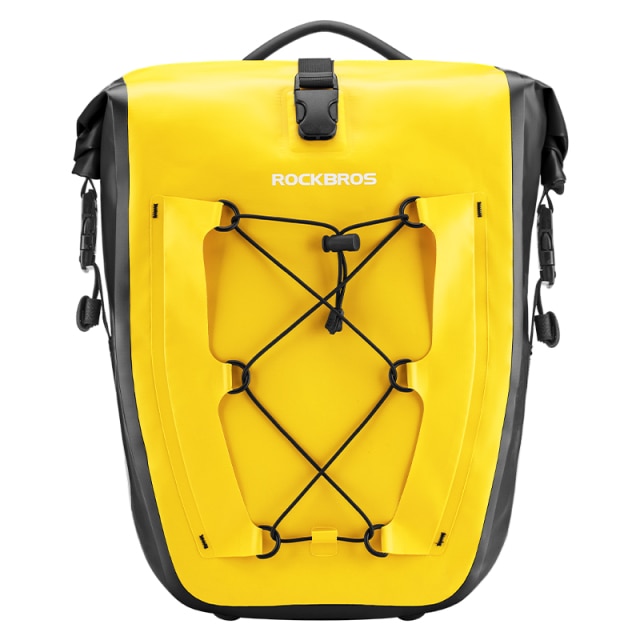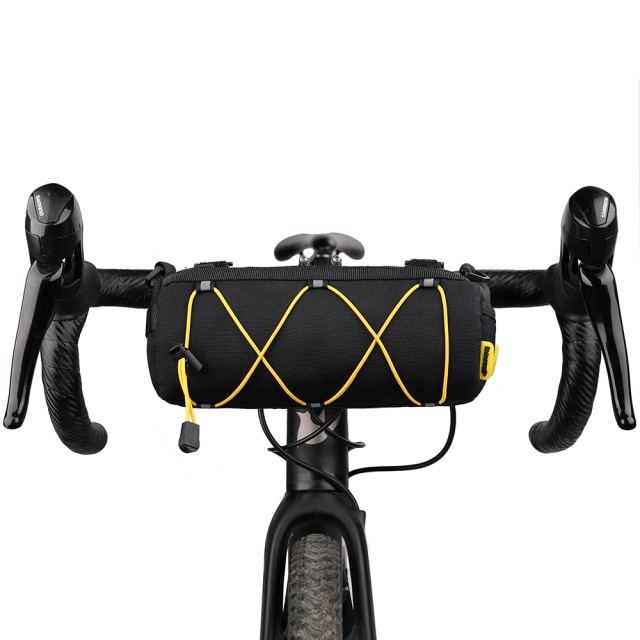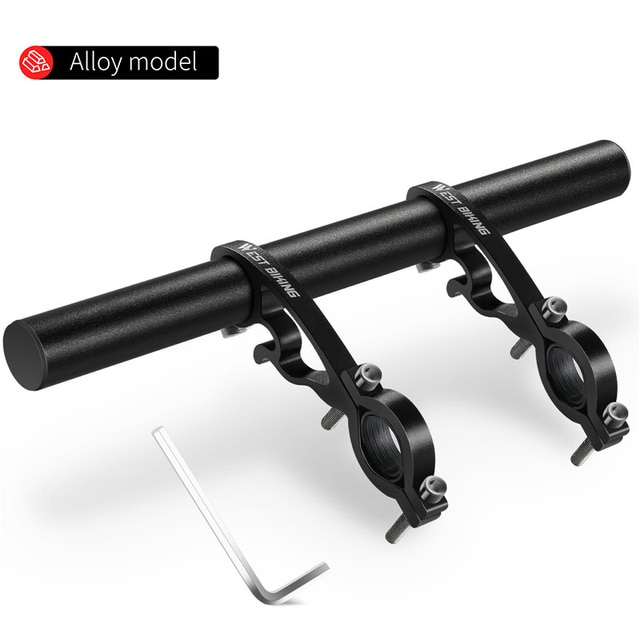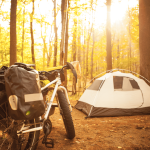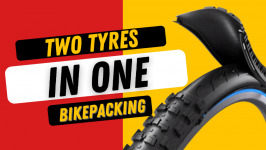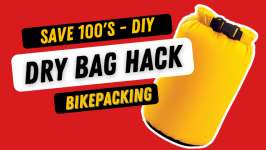I. Best Bikepacking Gear For Beginners Introduction
A. Explanation of Best Bikepacking Gear For Beginners
Best Bikepacking Gear For Beginners, Bikepacking is a relatively new and increasingly popular form of outdoor adventure that combines cycling and camping. In essence, it is a self-supported style of bicycle touring where cyclists carry all their gear and supplies on their bikes, and travel for multiple days or even weeks at a time, primarily through off-road terrain. Bikepacking routes can range from local overnight trips to multi-country epics, making it an extremely versatile and exciting way to explore the outdoors.
B. Importance of Having the Best Bikepacking Gear For Beginners
One of the most important factors in the success of any bikepacking trip is having the right gear. Unlike other forms of travel, bikepacking requires a careful balance between weight, functionality, and durability. Bringing too much gear can make the trip too difficult to pedal, while leaving behind essential items can leave a cyclist stranded and uncomfortable. By choosing the right bikepacking gear, cyclists can ensure they have everything they need for a successful trip, without being weighed down by excessive or unnecessary items.
C. Overview of the Article
This article is a comprehensive guide to the best bikepacking gear for beginners. We’ll cover all the essential gear you’ll need for a successful bikepacking trip, as well as some additional gear that can make your trip more comfortable and enjoyable. We’ll also share some of the best budget-friendly options for those just getting started with bikepacking. By the end of this article, you’ll have all the information you need to get started on your own bikepacking adventure, with confidence and the right gear.
II. Essential Gear for Bikepacking Beginners
A. Bike
- Types of Bikes for Bikepacking.
Choosing the right bike for bikepacking is crucial. While any bike can technically be used for bikepacking, some types of bikes are better suited for the unique demands of off-road travel. Generally, mountain bikes, gravel bikes, and fat bikes are the most popular types of bikes for bikepacking. Each type of bike has its own strengths and weaknesses, and it’s important to choose a bike that matches your riding style and the terrain you plan to tackle.
- Features to Look for in a Bike
When choosing a bike for bikepacking, there are several important features to consider. Some of the most important features include tire width, gearing, and frame material. Wide tires are essential for off-road travel, as they provide better traction and stability. Gearing should be low enough to handle steep climbs, and a lightweight frame is important for carrying gear without being weighed down.
B. Bags and Packs
The type of bags and packs you choose for bikepacking can greatly impact your trip. There are several types of bags and packs designed specifically for bikepacking, including frame bags, handlebar bags, seat bags, and top tube bags. Each type of bag serves a specific purpose and can be used to carry different types of gear.
- Best Options for Beginners
For beginners, a basic set of frame bags, a handlebar bag, and a seat bag should be enough to carry all the necessary gear. Some of the best options for beginners include the Topeak Bikepacking Series, the Revelate Designs Terrapin System, and the Ortlieb Seat-Pack.
C. Shelter
- Types of Shelters for Bikepacking
There are several types of shelters for bikepacking, including tents, bivy sacks, and hammocks. Each type of shelter has its own strengths and weaknesses, and the type of shelter you choose will depend on your personal preferences and the conditions you’ll be camping in.
- Best Options for Beginners
For beginners, a lightweight and easy-to-pitch tent is usually the best option. Some of the best options for beginners include the Big Agnes Copper Spur HV UL 2, the MSR Hubba Hubba NX 2, and the NEMO Hornet Elite 2P.
D. Sleeping System
- Sleeping Bags
Choosing the right sleeping bag is essential for a comfortable and restful night’s sleep. Look for a sleeping bag that is lightweight, warm, and compressible. Synthetic sleeping bags are often a good choice for bikepacking, as they are more resistant to moisture and can be packed down smaller than down sleeping bags.
- Sleeping Pads
Sleeping pads are another important part of the sleeping system. They provide insulation from the ground and help to cushion pressure points. Look for a sleeping pad that is lightweight, compact, and comfortable to sleep on.
- Best Options for Beginners
For beginners, a lightweight and packable sleeping bag and sleeping pad are usually the best options. Some of the best options for beginners include the NEMO Forte 20 Sleeping Bag, the Therm-a-Rest NeoAir XLite Sleeping Pad, and the Sea to Summit Ultralight Insulated Sleeping Pad.
III. Additional Gear for Bikepacking Beginners
A. Clothing and Apparel
- Base Layers
Base layers are the foundation of any good clothing system for bikepacking. They help to regulate your body temperature and keep moisture away from your skin. Look for base layers that are made from moisture-wicking materials like merino wool or synthetic fabrics.
- Mid Layers
Mid layers are designed to provide insulation and warmth in colder weather. Fleece jackets, down vests, and synthetic insulated jackets are all good options for mid layers.
- Outer Layers
Outer layers protect you from the elements, such as rain, wind, and snow. Look for jackets and pants that are waterproof, windproof, and breathable. Gore-Tex and eVent are two popular materials used in waterproof and breathable outdoor apparel.
- Footwear
Choosing the right footwear for bikepacking is important, as you’ll be spending a lot of time on your feet. Look for shoes that are comfortable, durable, and provide good traction on a variety of surfaces.
B. Navigation and Communication
- Maps and Navigation Tools
Having the right maps and navigation tools is essential for a successful bikepacking trip. Topographic maps, GPS devices, and smartphone apps like Gaia GPS and Trailforks can all be used to navigate on the trail.
- Communication Devices
In case of emergency, it’s important to have a way to communicate with others. A satellite phone, a personal locator beacon (PLB), or a two-way radio can all be used to call for help in case of an emergency.
C. Bike Maintenance and Repair
- Essential Tools and Supplies
Having the right tools and supplies for basic bike maintenance and repair is important for any bikepacking trip. Some essential tools to bring include a multi-tool, tire levers, spare tubes, a patch kit, and a hand pump.
- Tips for Basic Bike Maintenance
It’s important to know how to perform basic bike maintenance and repair in case of a breakdown on the trail. Some basic skills to learn include fixing a flat tire, adjusting brakes and gears, and lubricating the chain. A basic bike maintenance class or online tutorial can teach you these skills.
IV. Best Budget-Friendly Options for Best Bikepacking Gear For Beginners
A. Overview of Budget-Friendly Options
Bikepacking can be an expensive hobby, but there are budget-friendly options available for those who are just starting out. By prioritizing the essential gear and looking for high-value options, beginners can save money without sacrificing quality.
B. Best Budget-Friendly Bikepacking Bikes
Entry-level mountain bikes, hybrid bikes, and gravel bikes are good options for those on a budget. Look for models with durable frames, reliable components, and wide tire clearance for off-road use. Some examples of budget-friendly bikepacking bikes include the Diamondback Hook, the Co-Op Cycles DRT 1.2, and the Salsa Journeyman.
C. Best Budget-Friendly Bags and Packs
Inexpensive but durable bags and packs can be found from a variety of brands. Look for waterproof and abrasion-resistant materials, sturdy zippers, and well-designed straps and attachment points. Some examples of budget-friendly bags and packs include the Roswheel Essential Series, the Blackburn Outpost Elite, and the Topeak BackLoader.
D. Best Budget-Friendly Shelters and Sleeping Systems
When it comes to shelter and sleeping systems, there are plenty of affordable options for beginners. Look for lightweight and compact tents or bivy sacks, as well as sleeping bags and pads that offer good insulation and comfort. Some examples of budget-friendly shelters and sleeping systems include the ALPS Mountaineering Lynx 1 tent, the TETON Sports Tracker Ultralight sleeping bag, and the Klymit Static V sleeping pad.
E. Best Budget-Friendly Clothing and Apparel
Beginners can save money on clothing and apparel by looking for sales, shopping at discount retailers, and choosing versatile pieces that can be worn in a variety of conditions. Look for synthetic or merino wool base layers, softshell jackets, and convertible pants. Some examples of budget-friendly clothing and apparel include the Columbia Silver Ridge Convertible Pants, the Smartwool NTS Micro 150 Base Layer, and the Outdoor Research Ferrosi Hooded Jacket.
F. Best Budget-Friendly Navigation and Communication Devices
While high-end GPS devices and satellite phones can be expensive, there are affordable options for navigation and communication. Look for smartphone apps that offer offline maps, as well as two-way radios or personal locator beacons that offer basic communication capabilities. Some examples of budget-friendly navigation and communication devices include the Garmin inReach Mini, the Baofeng UV-5R Two-Way Radio, and the GAIA GPS app.
V. Best Bikepacking Gear For Beginners Conclusion
A. Recap of Essential Bikepacking Gear for Beginners
As a beginner, it can be overwhelming to figure out what gear to bring on a bikepacking trip. To make things easier, we’ve outlined the essential gear you’ll need, including a suitable bike, bags and packs for storage, shelter and sleeping systems for rest, and clothing and apparel to protect you from the elements. Additionally, we covered optional gear for navigation, communication, and bike maintenance.
B. Importance of Choosing the Right Gear
Choosing the right gear is critical to having a successful and enjoyable bikepacking trip. Proper gear can make the difference between a memorable adventure and a miserable experience. By investing in high-quality and durable gear, you’ll not only have a more comfortable and safer trip, but you’ll also save money in the long run by avoiding gear failures and replacements.
C. Final Thoughts and Recommendations
Overall, bikepacking is a rewarding and exciting way to explore the great outdoors. Whether you’re a seasoned cyclist or a complete beginner, there’s gear out there that’s right for you. By following the tips and recommendations we’ve outlined in this article, you’ll be well on your way to planning a successful bikepacking trip. Remember to prioritize the essential gear, invest in high-quality gear when you can, and most importantly, have fun and enjoy the ride!

